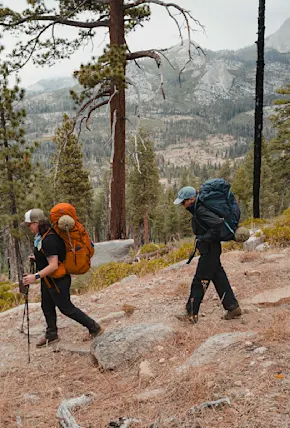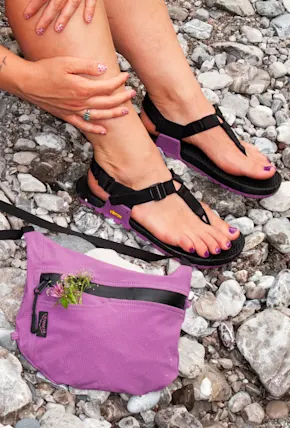Ultrarunners are a special breed of athletes with particular needs. Not to mention an insane amount of calories and upbeat playlists, these long-distance fiends require dynamic shoes that can accommodate swelling, offer consistent cushion and response, and won’t break down mid-race. Launched in April, Mount to Coast is inventing tech to serve this nuanced niche.
And although they’re new to the scene, they’re not inexperienced. Footwear knowledge runs deep among former Nike, Brooks, and New Balance shoe experts on the R&D team. They’re based out of Hong Kong, where they’re vetting products at an in-house Run Research Lab.
So far, Mount to Coast has dropped two models: First is the R1 ($160), a shoe that’s optimized for long-distance racing on roads with adjustable laces that let runners recalibrate fit as their feet expand. Then there’s the S1 ($150), designed for long-distance training with a focus on durability and longevity to help prevent overuse injuries common among runners.











